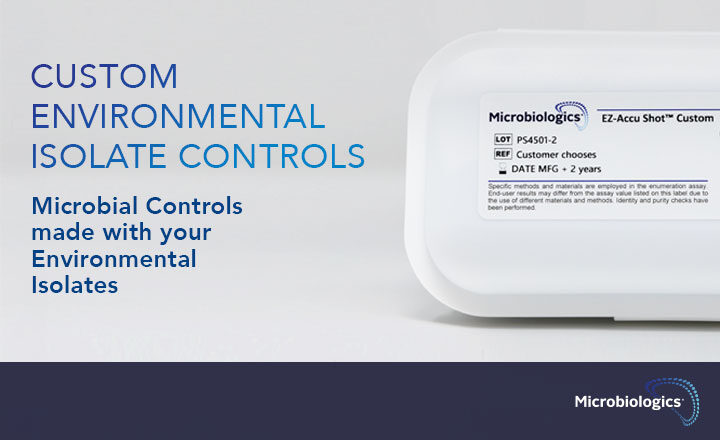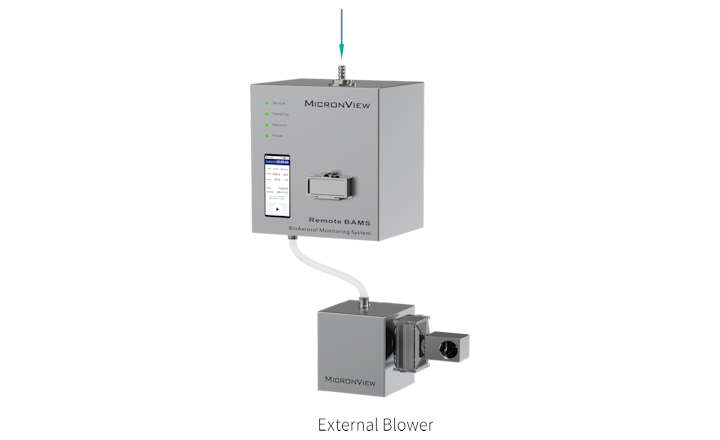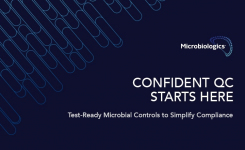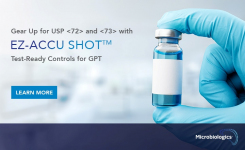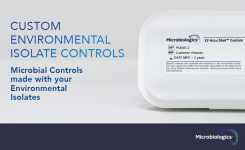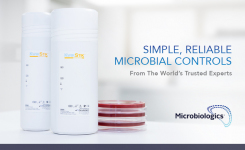Why are many laboratories incorporating Environmental (a.k.a. In-House) Isolates in their Quality Control testing?
There has been a shift in the industry regarding the inclusion of environmental isolates as test strains utilized for microbiological assays. The omission of environmental isolates from a laboratory’s QC test strain panel has increasingly resulted in findings from regulatory authorities. Environmental or Wild-type strains can adapt and survive harsh cleanroom environments and disinfectants. In addition to specified organisms, many laboratories have incorporated environmental isolates in their culture media qualification, disinfectant efficacy, antimicrobial effectiveness and method validation testing. This approach provides a more comprehensive challenge to a laboratory’s methods and materials and, therefore, minimizes the risk of not detecting harmful pathogens in product release testing.
While having a robust testing panel mitigates risk, it also poses some challenges. Storing and maintaining environmental isolates in-house poses risks for strain mutation or cross-contamination. There is also risk of losing viability of the organism. Additionally, manually preparing and enumerating microbial suspensions can be problematic and laborious, requiring a more skilled microbiologist.
How does Annex 1 relate to Quality Control in Environmental Monitoring?
The European Commission released a revision to the EU GMP Annex 1 “Manufacture of Sterile Medicinal Products”, which will be enforced beginning 25 August 2023, exactly one year after its publication. The revisions focus on minimizing risk with added Contamination Controls Strategy (CCS) measures, which outline how Quality Risk Management (QRM) will be applied. Continuous environmental monitoring is highly emphasized in this revision as a means for identifying and controlling microbial risk. A common practice for minimizing contamination risk is to evaluate sampling methods intended to recover environmental isolates.
EU GMP Annex 1, Section 10, “Quality Control (QC),” subsection 10.9, has been expanded to read, “Media used for environmental monitoring and APS should be tested for growth promotion before use, using a scientifically justified and designated group of reference microorganisms and including suitably representative local isolates.” This section now requires an evaluation of sampling methods used in the recovery of contaminates. The prior revision read, “Media used for environmental monitoring and APS should be tested for its growth promotion capability, in accordance with a formal written program.” A best practice for ensuring recovery of all potential contaminants in a facility is by conducting routine Growth Promotion testing (GPT) of your culture media. This testing should include all compendial strains, as well as environmental isolates, to better assess the microbiological quality of the media. Determining which environmental isolates to use depends on what data trends show, and what risk the organism has on the product.
How can Microbiologics help laboratories incorporate recovered environmental isolates in their QC test strain panel?
Maintaining environmental isolates and objectionable organisms in-house can consume significant laboratory time and resources. In addition, strains may be difficult to grow, preserve and enumerate for specific applications. We offer end-to-end services that simplify microbiological quality control for our customers. Our team of experts will identify, preserve, and manufacture your environmental isolates or target objectionable organisms into a test-ready control format designed for your test methods. Microbiologics custom controls will help your lab reduce cost, minimize risk, and increase confidence in your microbiological quality control program.
Learn more here or use the Request Information button below to connect directly with the supplier.





